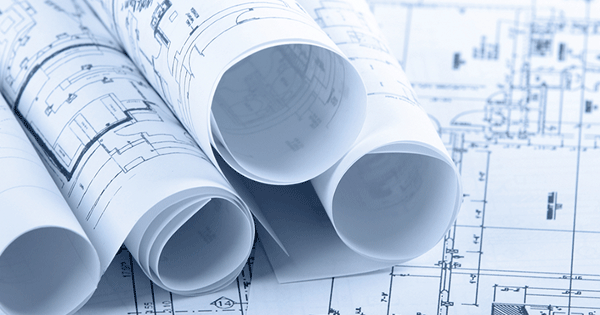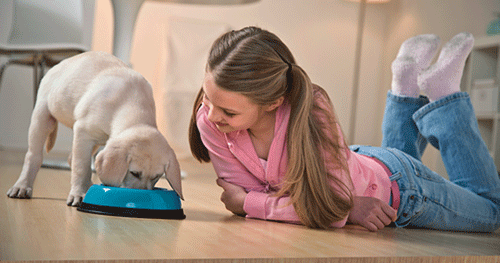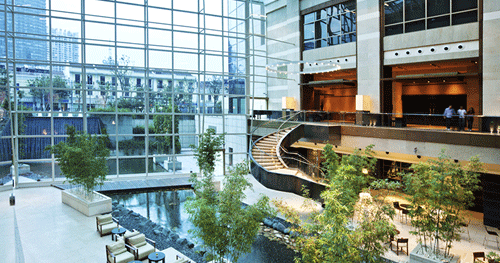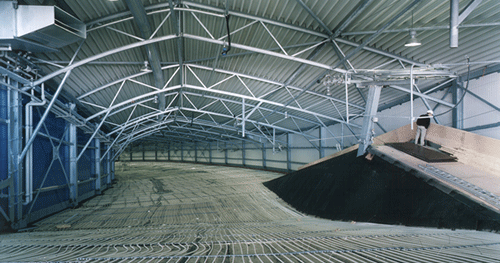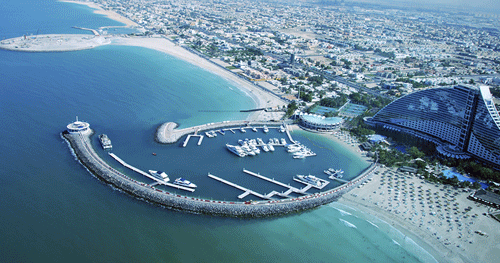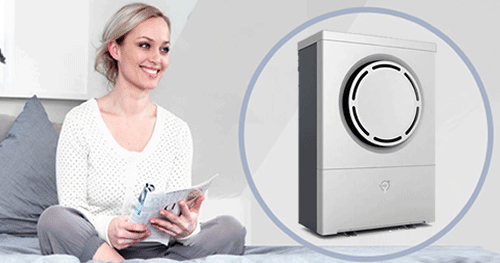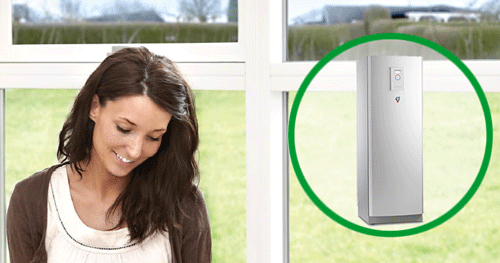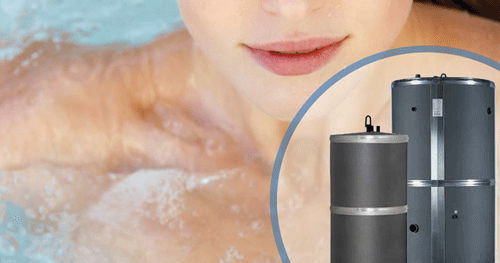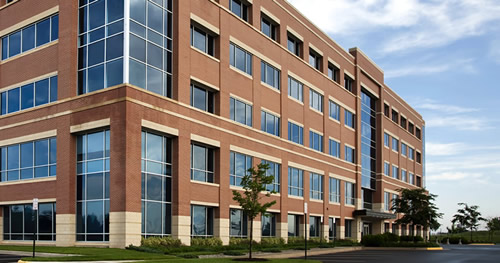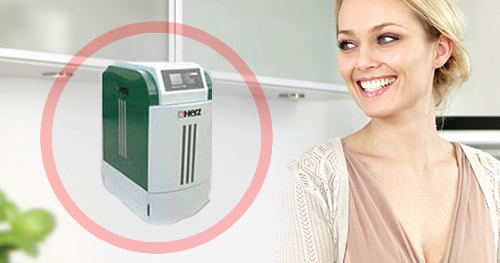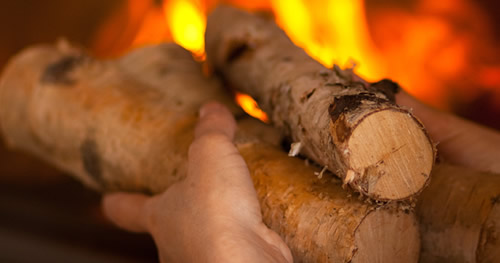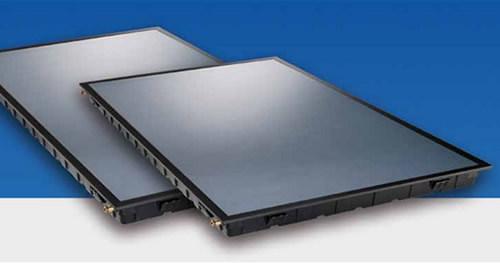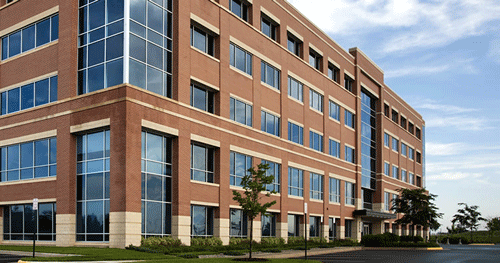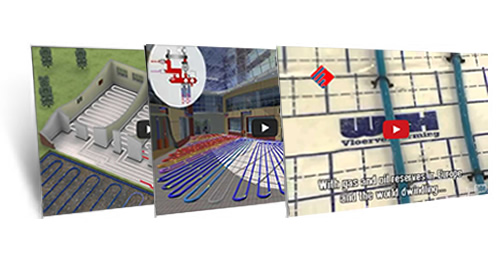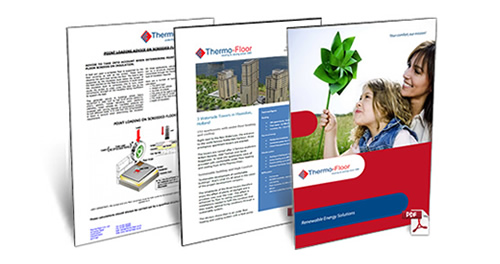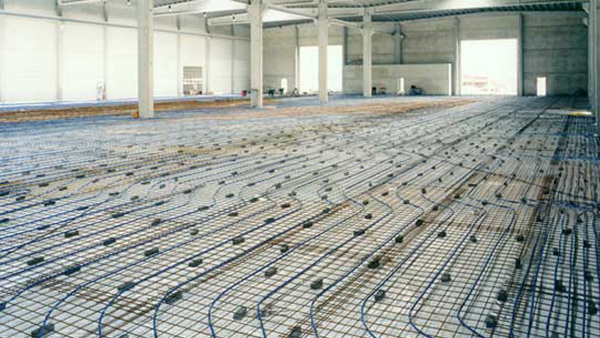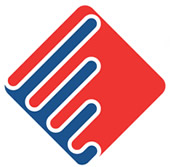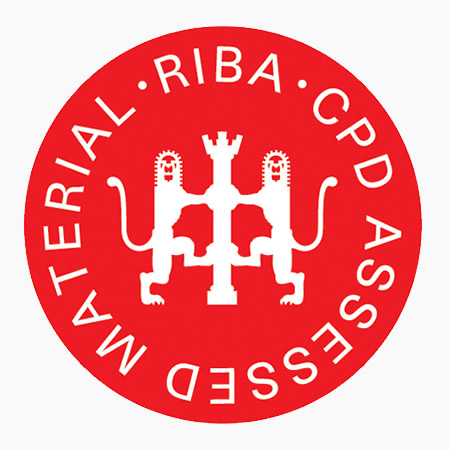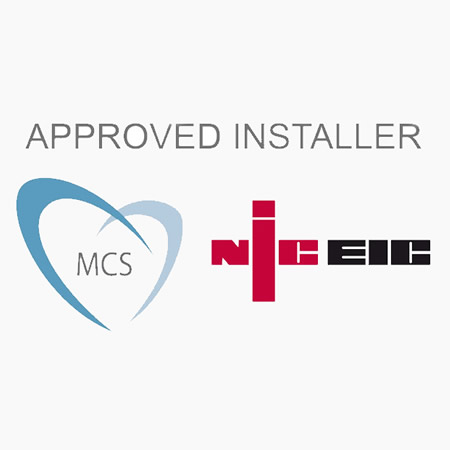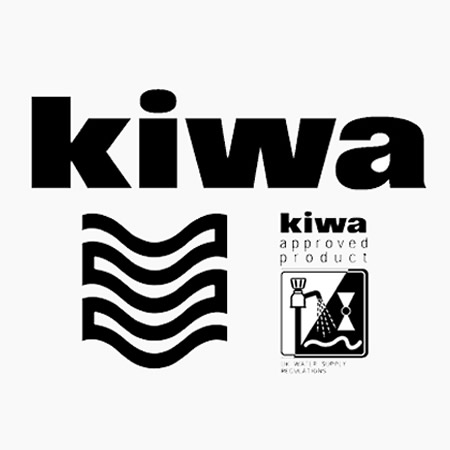The History Of Underfloor Heating
Underfloor heating has a long history back into the Neoglacial and Neolithic periods. Archaeological digs in Asia and the Aleutian islands of Alaska reveal how the inhabitants drafted smoke from fires through stone covered trenches which were excavated in the floors of their subterranean dwellings. The hot smoke heated the floor stones which then radiated into the living spaces. These early forms have evolved into modern systems using fluid filled pipes or electrical cables and mats. Below is a chronological overview of under floor heating from around the world.
5,000 BC
Evidence of "baked floors" are found foreshadowing early forms of kang and dikang "heated floor" later ondol meaning "warm stone" in Korea and Manchu respectively.
3,000 BC
Korean fire hearth, was used both as kitchen range and heating stove.
1,000 BC
Ondol type system used in the Aleutian Islands, Alaska and in Unggi, Hamgyeongbuk-do (present-day North Korea).
900 BC
More than two hearths were used in one dwelling; one hearth located at the centre was used for heating, the others at the perimeter was used for cooking throughout the year. This perimeter hearth is the initial form of the budumak (meaning kitchen range), which composes combustion section of the traditional ondol in Korea.
500 BC
Greeks and later Romans scale up the use of conditioned surfaces (floors and walls) with the hypocausts.
200 BC
Central hearth developed into gudeul (meaning heat releasing section of ondol) and perimeter hearth for cooking became more developed and budumak was almost established in Korea.
50 BC
China, Korea and Roman Empire use kang, dikang/ondol and hypocaust respectively.
500 AD
Asia continues to use conditioned surfaces but the application is lost in Europe where it is replaced by the open fire or rudimentary forms of the modern fireplace. Anecdotal literary reference to radiant cooling system in the Middle East using snow packed wall cavities.
700 AD
More sophisticated and developed gudeul was found in some palaces and living quarters of upper-class people in Korea. Countries in the Mediterranean Basin (Iraq, Algeria, Turkey, Afghanistan et al.) use various forms of hypocaust type heating in public baths and homes (ref.: tabakhana, atishkhana, sandali) but also use heat from cooking (see:tandoor, also tanur) to heat the floors.
1000 AD
Ondol continues to evolve in Asia. The most advanced true ondol system was established. The fire furnace was moved outside and the room was entirely floored with ondol in Korea. Europe uses various forms of the fireplace with the evolution of drafting combustion products with chimneys.
1400 AD
Hypocaust type systems used to heat Turkish Baths of the Ottoman Empire.
1500 AD
Attention to comfort and architecture in Europe evolves; China and Korea continue to apply floor heating with wide scale adoption.
1600 AD
In France, heated flues in floors and walls are used in greenhouses.
1700 AD
Benjamin Franklin studies the French and Asian cultures and makes note of their respective heating system leading to the development of the Franklin stove. Steam based radiant pipes are used in France. Hypocaust type system used to heat public bath (Hammam) in the citadel town of Erbil located in modern day Iraq.
1800 AD
Beginnings of the European evolution of the modern water heater/boiler and water based piping systems including studies in thermal conductivities and specific heat of materials and emissivity/reflectivity of surfaces (Watt/Leslie/Rumford). Reference to the use of small bore pipes used in the John Soane house and museum.
1864 AD
Ondol type system used at Civil War hospital sites in America. Reichstag building in Germany uses the thermal mass of the building for cooling and heating.
1899 AD
The earliest beginnings of polyethylene-based pipes occur when German scientist, Hans von Pechmann, discovered a waxy residue at the bottom of a test tube, colleagues Eugen Bamberger and Friedrich Tschirner called it polymethylene but it was discarded as having no commercial use at the time.
1904 AD
Liverpool Cathedral in England is heated with system based on the hypocaust principles.
1905 AD
Frank Lloyd Wright makes first trip to Japan, later incorporates various early forms of radiant heating in his projects.
1907 AD
England, Prof. Barker granted Patent No. 28477 for panel warming using small pipes. Patents later sold to the Crittal Company who appointed representatives across Europe. A.M. Byers of America promotes radiant heating using small bore water pipes. Asia continues to use traditional ondol and kangwood is used as the fuel, combustion gases sent under floor.
1930 AD
Oscar Faber in England uses water pipes used to radiant heat and cool several large buildings
1933 AD
Explosion at England’s Imperial Chemical Industries (ICI) laboratory during a high pressure experiment with ethylene gas results in a wax like substance—later to become polyethylene and the re-beginnings of PEX pipe.
1937 AD
Frank Lloyd Wright designs the radiant heated Herbert Jacobs house, the first Usonian home.
1939 AD
First small scale polyethylene plant built in America.
1945 AD
American developer William Levitt builds large scale developments for returning GI’s. Water based (copper pipe) radiant heating used throughout thousands of homes. Poor building envelopes on all continents require excessive surface temperatures leading in some cases to health problems. Thermal comfort and health science research (using hot plates, thermal manikins and comfort laboratories) in Europe and America later establishes lower surface temperature limits and development of comfort standards.
1950 AD
Korean War wipes out wood supplies for ondol, population forced to use coal. Developer Joseph Eichler in California begins the construction of thousands of radiant heated homes.
1951 AD
Dr. J. Bjorksten of Bjorksten Research Laboratories in Madison, WI, announces first results of what is believed to be the first instance of testing three types of plastic tubing for radiant floor heating in America. Polyethylene, vinyl chloride copolymer, and vinylidene chloride were tested over three winters.
1953 AD
The first Canadian polyethylene plant is built near Edmonton, Ab.
1960 AD
NRC researcher from Canada installs underfloor heating in his home and later remarks, "Decades later it would be identified as a passive solar house. It incorporated innovative features such as the radiant heating system supplied with hot water from an automatically stoked anthracite furnace."[18]
1965 AD
Thomas Engel patents method for stabilizing polyethylene by cross linking molecules using peroxide (PEx-A) and in 1967 sells license options to a number of pipe producers.
1970 AD
Evolution of Korean architecture leads to multi-storey housings, flue gases from coal based ondol results in many deaths leading to the removal of the home based flue gas system to a central water based heating plants. Oxygen permeation becomes corrosion issue in Europe leading to the development of barriered pipe and oxygen permeation standards.
1980 AD
The first standards for floor heating are developed in Europe. Water-based ondol system is applied to almost all of residential buildings in Korea.
1985 AD
Floor heating becomes a traditional heating systems in residential buildings in Middle Europe and Nordic countries and increasing applications in non-residential buildings.
1995 AD
The application of floor cooling and thermal active building systems (TABS) in residential and commercial buildings are widely introduced into the market.
2000 AD
The use of embedded radiant cooling systems in middle of Europe becomes a standard system with many parts of the world applying radiant based HVAC systems as means of using low temperatures for heating and high temperatures for cooling.
2010 AD
Radiant conditioned Pearl River Tower in Guangzhou, China, topped out at 71-stories.
2013 AD
Underfloor Heating and Underfloor Cooling systems fully integrated with building management systems offered globally for integrated climate control.
return to knowledge base...

